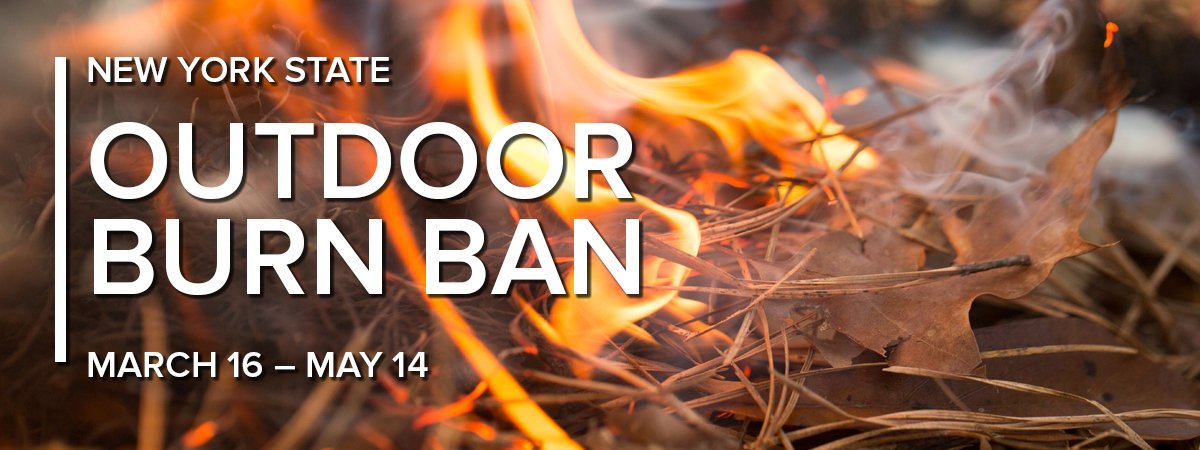| Upcoming Events |
| There are currently no events |
| View All Events |
| 2025 Incidents | |
| Jan | 51 |
| Feb | 64 |
| Mar | 67 |
| Apr | 0 |
| May | 0 |
| Jun | 0 |
| Jul | 0 |
| Aug | 0 |
| Sep | 0 |
| Oct | 0 |
| Nov | 0 |
| Dec | 0 |
| Total | 182 |
| 2024 Incidents | |
| Jan | 83 |
| Feb | 64 |
| Mar | 40 |
| Apr | 40 |
| May | 49 |
| Jun | 46 |
| Jul | 62 |
| Aug | 57 |
| Sep | 45 |
| Oct | 47 |
| Nov | 50 |
| Dec | 52 |
| Total | 635 |
| 2023 Incidents | |
| Jan | 25 |
| Feb | 43 |
| Mar | 32 |
| Apr | 39 |
| May | 41 |
| Jun | 41 |
| Jul | 65 |
| Aug | 46 |
| Sep | 36 |
| Oct | 37 |
| Nov | 44 |
| Dec | 47 |
| Total | 496 |
| Web Counters | ||||||
|
|
From the NYS DEC website (All links leave SFD website) : Open burning is the single greatest cause of wildfires in NYS. Since the spring burn ban was implemented in 2009, the number of wildfires has decreased by more than 40%. When you plan a fire, always check for fire danger in your area on DEC's online map (updated every week). Also, local governments may have stricter rules than NYS; your fire department will have information about local burning laws. ProhibitionsOpen burning is prohibited in NYS, with several exceptions:
In towns with a total population less than 20,000, you may burn tree limbs with attached leaves. The limbs must be less than 6 inches in diameter and 8 feet in length (also referred to as brush). However, this is not allowed from March 16 through May 14 due to the increased risk of wildfires. Burning loose leaves or leaf piles is illegal. The practice of burning large piles of brush collected from local residents at town or county transfer sites is prohibited. The individual landowners in small towns may burn their brush on-site, as discussed above. Downed limbs and branches generated at a transfer site are also allowed to be burned on-site with the same restrictions. See Section 215.3 for a full list of exceptions. Please note: While most firewood must be untreated, some firewood is heat treated (kiln dried) to control invasive insect species if it is to be transported over 50 miles. Heat treated firewood is not intended to be prohibited. However, the burning of chemically treated wood, such as pressure-treated lumber and plywood, is prohibited. Camp Fire SafetyCamp fires with family and friends are great fun! To make your next camp fire safer and healthier, remember to:
We want you to fully enjoy your camp fire. Following these guidelines will help ensure a safer gathering. Agricultural Uses
Municipal UsesWith some restrictions, fire training burning activities are allowed in accordance with guidance from NYS Division of Homeland Security and Emergency Services' Office of Fire Prevention and Control. The Fire Services Bureau may be reached at 518-474-6746. Towns, villages, cities, and counties can pass ordinances that are stricter than the open fires regulations. You should check with local authorities to find out if local law requires a permit or prohibits open fires. Explosives, or other dangerous contraband, may be burned on an emergency basis only by police or other public safety organizations. Burning Trash is Against the Law
Burning trash is illegal statewide in all cases. Part 219 Incinerators prohibits burning trash in wood stoves, fireplaces, and outdoor wood boilers. It is unhealthy, un-neighborly, and unnecessary. It causes:
Read more about the negative health effects of burning trash on NYSDOH's website. Download our burning tip strip (PDF) and poster (PDF). The Problem with Burn BarrelsBurn barrels are a very dirty way to dispose of trash. They produce polluted air because fires in barrels are rarely hotter than 500°F. That's not hot enough for complete combustion, and incomplete combustion leads to harmful smoke and soot. DEC has lots of information about reducing, reusing, and recycling scrap materials, trash, and other waste you generate at home. Learn how to:
You can report polluters by calling the DEC hotline at 1-844-DEC-ECOs (1-844-332-3267). |


